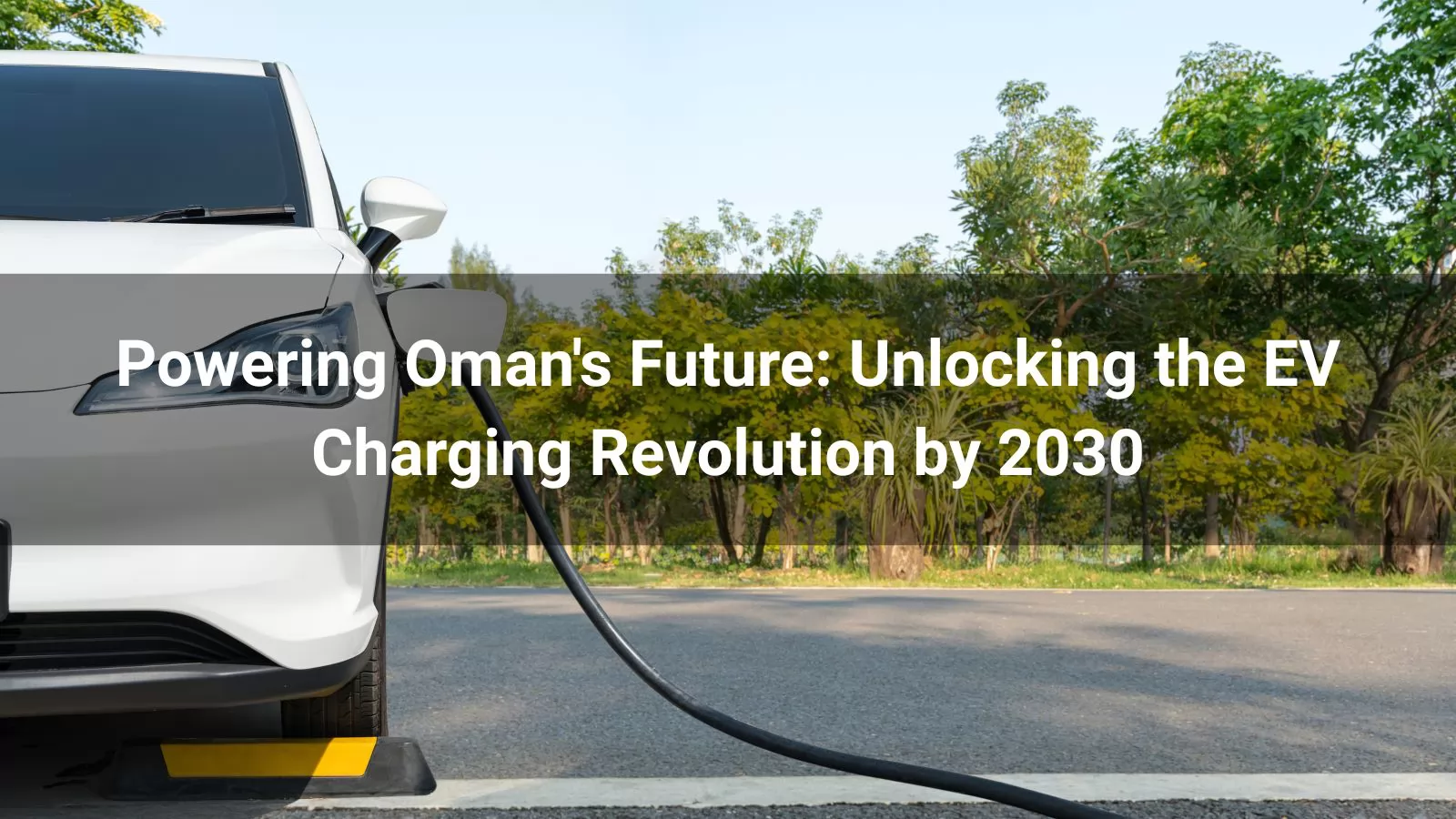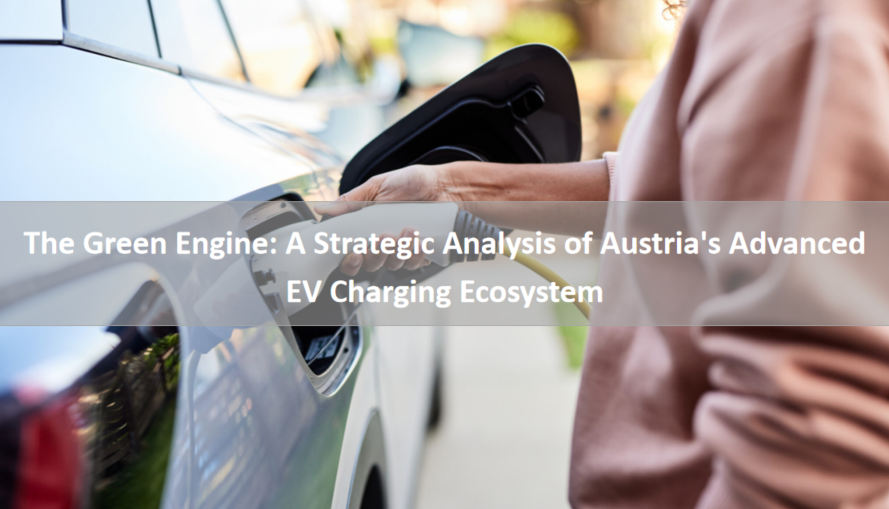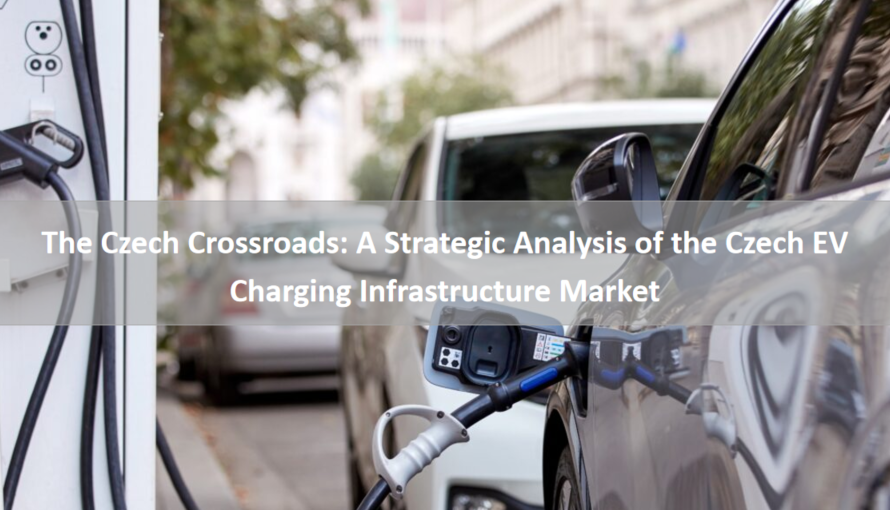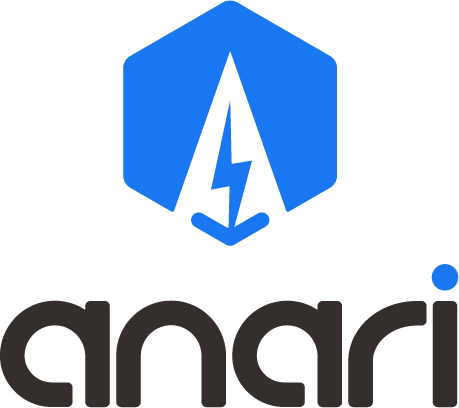
Oman is strategically positioning itself as a leader in sustainable transportation within the Gulf Cooperation Council (GCC) region, with a strong emphasis on electric vehicle (EV) adoption and the development of supporting charging infrastructure. This report provides a comprehensive analysis of the national policies, market size, development status, opportunities, and challenges associated with EV charging stations in Oman. Driven by Oman Vision 2040 and a commitment to net-zero emissions by 2050, the government has implemented robust policies, including tax exemptions and mandates for charging infrastructure at service stations. The Oman EV market is projected to grow from USD 0.28 billion in 2025 to USD 1.05 billion by 2030, with a compound annual growth rate (CAGR) of 30.33%, signaling a burgeoning demand for charging infrastructure. While significant progress has been made, including the establishment of initial charging stations and private-sector partnerships, challenges such as limited infrastructure, regulatory gaps, and range anxiety persist. Opportunities lie in leveraging public-private partnerships, integrating renewable energy, and capitalizing on Oman’s strategic geographic position. This report outlines actionable insights for stakeholders to navigate this evolving landscape.
Oman’s national policies for EV charging infrastructure are robust, forward-looking, and aligned with the country’s broader sustainability goals under Oman Vision 2040. These policies focus on financial incentives, regulatory mandates, and infrastructure development to accelerate EV adoption and ensure a supportive ecosystem for charging stations.
Oman’s government has demonstrated a strong commitment to decarbonizing its transport sector, as evidenced by a series of targeted policies:
Financial Incentives for EV Adoption:
The Ministry of Transport, Communications, and Information Technology (MTCIT) has introduced a 100% exemption from customs tax on EVs, alongside zero registration fees at the Royal Oman Police (ROP) and a 0% value-added tax (VAT) on EVs and their spare parts. These incentives significantly reduce the upfront cost of EV ownership, making them more accessible to consumers and indirectly driving demand for charging infrastructure.
These measures align with global best practices, such as those in China and the European Union, where tax exemptions and subsidies have accelerated EV adoption. By lowering the cost barrier, Oman is fostering a consumer base that will necessitate expanded charging networks.
Mandates for Charging Infrastructure:
In November 2023, the Ministry of Commerce, Industry, and Investment Promotion issued Ministerial Resolution No. 615/2023, mandating that all service stations in Oman provide EV charging capabilities. This policy ensures a baseline level of infrastructure availability, particularly in urban and highway settings, addressing the critical issue of accessibility.
The mandate reflects a proactive approach to infrastructure development, akin to the European Union’s Alternative Fuels Infrastructure Regulation (AFIR), which requires fast-charging stations every 60 km along major transport corridors. However, Oman’s policy is tailored to its unique geographic and demographic context, with a focus on integrating charging stations into existing fuel retail networks.
Seven-Year Roadmap for Decarbonization:
In January 2025, the MTCIT announced a seven-year roadmap targeting the introduction of 22,000 EVs by 2030 and the complete phase-out of fossil fuel-powered vehicles by 2050. This roadmap includes plans to enhance public charging infrastructure with user-friendly applications and fast-charging technologies.
The roadmap is part of Oman’s broader commitment to net-zero emissions by 2050, as outlined in the Oman Sustainability Center’s initiatives. This long-term vision provides policy certainty, encouraging private-sector investment in charging infrastructure.
Regulatory Framework Development:
The Authority for Electricity Regulations is developing a comprehensive framework for EV charging infrastructure, addressing technical standards, pricing models, and integration with existing fuel stations. This framework aims to ensure interoperability and reliability, critical for consumer confidence and market growth.
However, the framework is still in progress, and the absence of finalized regulations may delay large-scale deployment, particularly in rural areas where infrastructure costs are higher.
The Oman EV market, which directly influences the demand for charging stations, is poised for significant growth, with a projected market size of USD 0.28 billion in 2025, expected to reach USD 1.05 billion by 2030 at a CAGR of 30.33%. The charging infrastructure market, while nascent, is expected to grow in tandem, driven by increasing EV adoption and government initiatives.
EV Market Growth as a Proxy for Charging Infrastructure Demand:
According to industry analysis, the Oman EV market is projected to grow from USD 0.28 billion in 2025 to USD 1.05 billion by 2030, driven by rising consumer awareness, increasing fuel prices, and government incentives.
This growth translates into a direct need for charging infrastructure. Assuming an average of 10-15 EVs per public charging point (a benchmark derived from mature markets like the Netherlands), Oman’s target of 22,000 EVs by 2030 could require approximately 1,500–2,200 public charging points, excluding private residential chargers.
Current Market Size of Charging Infrastructure:
As of 2023, Oman has only 12 public charging stations, primarily installed for a specific event by Global EVRT. These stations are concentrated in two locations, indicating a nascent market with significant growth potential.
The limited number of charging stations reflects the early stage of EV adoption in Oman, but the projected CAGR of 30.33% for the EV market suggests a rapid expansion in infrastructure requirements over the next five years.
Comparative Market Insights:
Globally, the EV charging station market is expected to grow significantly, with projections estimating a global market size of USD 76.31 billion by 2032 at a CAGR of 15.1%. While Oman’s market is smaller, its high CAGR indicates a faster growth trajectory relative to more mature markets like the U.S. or China, where infrastructure is already more developed.
The focus on fast-charging and user-friendly infrastructure in Oman aligns with global trends, where fast chargers are expected to dominate due to their ability to serve more EVs per day.
Oman’s EV charging infrastructure is in its early stages, with limited deployment concentrated in urban areas. Recent public-private partnerships and government mandates signal progress, but the infrastructure remains insufficient to support widespread EV adoption.
Current Infrastructure Deployment:
As of 2023, Oman has 12 public charging stations, primarily installed for a promotional event by Global EVRT. These stations are located in two urban areas, highlighting a significant gap in coverage, particularly in rural and highway settings.
The limited deployment is consistent with the early stage of EV adoption in Oman, where consumer awareness and vehicle availability are still developing. However, this scarcity exacerbates range anxiety, a key barrier to adoption.
Public-Private Partnerships:
In July 2023, Oman Oil Marketing Company (OOMCO) partnered with Synergy Investment LLC to establish Electric Vehicles One (EVO), a dedicated entity for developing EV charging infrastructure. This partnership marks a significant step toward expanding the network, leveraging private-sector expertise and investment.
Such collaborations mirror successful models in other regions, such as China’s partnerships between automakers like Hyundai and charging providers like NaaS Technology, which have accelerated infrastructure deployment.
Technological and Regulatory Progress:
The MTCIT’s roadmap emphasizes fast-charging and user-friendly technologies, such as mobile applications for locating and accessing chargers. This focus aligns with global trends toward smart charging solutions, which optimize grid usage and enhance user experience.
However, the lack of a finalized regulatory framework for charging stations, including standards for interoperability and pricing, poses a challenge. The Authority for Electricity Regulations is addressing this, but delays could hinder progress.
Integration with Renewable Energy:
Oman’s broader renewable energy initiatives, including solar and wind projects under Oman Vision 2040, provide a foundation for sustainable charging infrastructure. The Oman Sustainability Center and projects like the 500-megawatt solar photovoltaic power plant by EDF Renewables indicate a commitment to clean energy integration.
Co-locating charging stations with renewable energy sources, as seen in global markets, could reduce grid stress and operational costs, enhancing the economic viability of charging networks.
Oman’s EV charging infrastructure market presents significant opportunities, driven by government support, growing consumer demand, and the potential for renewable energy integration. Strategic investments in public-private partnerships and innovative technologies can position Oman as a regional leader in sustainable mobility.
Public-Private Partnerships:
The partnership between OOMCO and Synergy Investment LLC (EVO) exemplifies the potential for private-sector involvement in infrastructure development. Similar models in the U.S., such as the National Electric Vehicle Infrastructure (NEVI) program, have leveraged private investment to expand charging networks.
Opportunities exist for international players like ABB, Tesla, or Webasto Group to partner with local entities, bringing technical expertise and scalable solutions to Oman’s market.
Renewable Energy Integration:
Oman’s investments in solar, wind, and green hydrogen projects provide a unique opportunity to power charging stations with renewable energy, reducing operational costs and aligning with sustainability goals. For example, the 500-megawatt solar project by EDF Renewables could support co-located charging hubs.
Globally, integrating renewable energy with charging infrastructure, as seen in China with BYD’s megawatt chargers supported by battery storage, enhances grid stability and cost efficiency. Oman can adopt similar strategies to create a sustainable charging ecosystem.
Geographic and Economic Positioning:
Oman’s strategic location as a logistics hub in the GCC region offers opportunities to develop charging infrastructure along key transport corridors, supporting both domestic and regional EV adoption. This could attract investment from logistics companies transitioning to electric fleets.
The growing demand for electric three-wheelers in the Middle East and Africa presents a niche opportunity for Oman to develop specialized charging infrastructure for commercial vehicles.
Technological Innovation:
The adoption of smart charging technologies, such as IoT-enabled chargers and vehicle-to-grid (V2G) systems, can enhance efficiency and create new revenue streams. For example, V2G technology, commercially available in Europe, allows charging stations to provide grid services, offsetting infrastructure costs.
User-friendly applications, as outlined in the MTCIT’s roadmap, can improve consumer experience, addressing concerns about charger accessibility and reliability.
Despite progress, Oman’s EV charging infrastructure faces significant challenges, including inadequate infrastructure, regulatory gaps, range anxiety, and high upfront costs. Addressing these barriers requires coordinated efforts between government, private sector, and consumers.
Inadequate Public Charging Infrastructure:
The scarcity of public charging stations, with only 12 stations as of 2023, is the primary barrier to EV adoption in Oman. A study in the Muscat region identified inadequate infrastructure as the top concern, with a mean score of 3.704 on a Likert scale, indicating strong consumer consensus.
This scarcity exacerbates range anxiety, particularly for intercity travel, given Oman’s vast geography and limited charging coverage outside urban areas.
Regulatory Gaps:
The absence of a finalized regulatory framework for EV charging stations creates uncertainty for investors and operators. Issues such as pricing models, interoperability standards, and grid integration remain unresolved, potentially delaying infrastructure deployment.
Regulatory challenges are compounded by geographic hurdles and consumer preferences, which require tailored solutions to ensure infrastructure meets diverse needs.
Range Anxiety and Consumer Awareness:
Range anxiety, driven by limited charging infrastructure and concerns about battery range, is a significant deterrent to EV adoption. A study in Oman highlighted knowledge-related barriers, with a mean score of 3.6, indicating a need for greater public awareness.
While financial barriers are less significant, consumer education on EV benefits and charging availability is critical to overcoming psychological barriers.
High Upfront Costs:
The high cost of installing charging stations, particularly fast chargers, poses a challenge, especially in rural areas with low traffic or limited grid capacity. Global data indicates that ultrafast charging stations require significant capital expenditure, a concern relevant to Oman’s developing market.
The economic viability of charging stations is further complicated by low initial utilization rates, as EV adoption is still in its early stages.
Accelerate Infrastructure Deployment:
Prioritize the installation of fast-charging stations along key highways and urban centers to address range anxiety and support the MTCIT’s target of 22,000 EVs by 2030. Leverage the Ministerial Resolution No. 615/2023 to enforce charging capabilities at all service stations.
Adopt a phased approach, starting with high-traffic areas and expanding to rural regions, using scalable solutions like modular chargers.
Finalize Regulatory Frameworks:
Expedite the development of the Authority for Electricity Regulations’ framework, focusing on interoperability, pricing transparency, and grid integration. Draw lessons from global standards like the EU’s ISO 15118 for secure and efficient charging.
Establish clear guidelines for private-sector participation to attract investment and ensure consistent infrastructure quality.
Enhance Public-Private Partnerships:
Expand partnerships like EVO to include international players with expertise in fast-charging and smart technologies. Offer incentives such as tax breaks or subsidies for private operators to offset initial capital costs.
Encourage collaboration between renewable energy providers and charging operators to create sustainable, cost-effective charging hubs.
Promote Consumer Awareness:
Launch public awareness campaigns to educate consumers on EV benefits, charging availability, and government incentives. Use digital platforms and mobile applications to provide real-time information on charger locations and status.
Partner with automakers to offer test drives and demonstrations, addressing range anxiety and building consumer confidence.
Integrate Renewable Energy:
Co-locate charging stations with renewable energy projects, such as solar farms, to reduce operational costs and grid stress. Explore battery storage solutions to mitigate peak demand, drawing on global examples like China’s BYD initiatives.
Leverage Oman’s green hydrogen strategy to explore hydrogen-powered EV charging as a long-term solution.
Oman’s EV charging infrastructure market is at a pivotal juncture, with strong government support and a rapidly growing EV market creating a foundation for progress. National policies, including tax exemptions and infrastructure mandates, are driving demand, while the market’s projected growth to USD 1.05 billions by 2030 underscores its potential. However, the current infrastructure remains limited, and challenges such as range anxiety, regulatory gaps, and high costs must be addressed. By leveraging public-private partnerships, renewable energy integration, and technological innovation, Oman can overcome these barriers and establish itself as a leader in sustainable mobility in the GCC region. Stakeholders must act swiftly to capitalize on these opportunities, ensuring a robust and scalable charging network that supports Oman’s vision for a net-zero future.
Read more:







